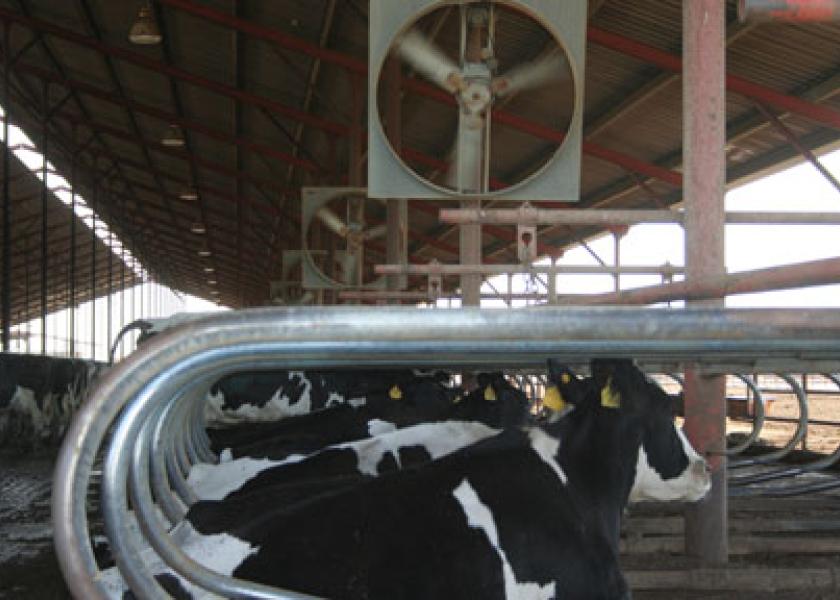Facility Focus: Optimizing Resting Behavior

You know those nights when you get just the right amount of sleep and wake up feeling ready to take on the day? It’s probably because you got the optimal amount of rest.
In order for a cow to be a top producer, she also needs to receive the optimal amount of rest. During a recent webinar, Nigel Cook, a professor at the University of Wisconsin-Madison School of Veterinary Medicine, spoke on how to optimize resting behavior within dairy facilities.
Resting behavior is a combination of lying time, number of lying bouts and lying bout duration, according to Cook. When cows aren’t allowed to rest properly, negative side effects may occur. Ideally, animals should receive adequate rest for approximately 12 hours a day.
“Optimal cow comfort is not always associated with longer resting times,” Cook says. “Rather, it is associated with optimal rest.”
Just because a cow is resting does not mean that she is recovering properly. In order to maximize optimal rest in your facility, Cook recommends analyzing these key areas:
Resting Space Design
Have you ever had a good night’s sleep on a dog bed? Probably not. That’s because the bed wasn’t made for you, and the material doesn’t fit your needs. According to Cook, in order for a cow to get the best rest possible, you need to design the stall to fit the size of the cow and accommodate her needs.
“A well-designed stall is sized appropriately to the size of the cows using them,” he says. “If you have small stalls, breed smaller cows. If you have bigger cows, then design those stalls around the animal.”
Using deep bedding material is also a must, Cook notes. Not only does it provide a comfortable space for the cow to lie, but it also gives them the traction they need to maneuver up and down while additionally reducing the risk of hock lesions.
Accessibility
“Stocking density impacts resting behavior and milk production pretty significantly,” Cook says. Therefore, it’s crucial to know your capacity limits and stay within them.
An animal will lose about 15% of her lying time as the stocking density increases from one animal per stall to 1.5 animals per stall, Cook notes. Therefore, if your goal is to allow your animals to rest for approximately 12 hours a day, that number will be reduced down to 10.2 hours of rest per day. Because animals are competing for stalls, this drop in recovery time can reduce milk by as much as 5 lb. to 8 lb. per day.
Pen Time
How much time an animal spends in other areas of the farm also impacts resting behavior. According to Cook, cows who spend more than three hours a day outside of their pen are less likely to experience adequate rest. Thus, it may be necessary to analyze how much time animals spend in the holding pen before milking. The amount of time might be greater than you think.
For robotic dairies, Cook recommends monitoring cows who are waiting to enter the robot. While the average animal waits approximately one and a half hours, some cows can spend more than four hours in the waiting pen, which impacts resting time significantly.
Thermal Microenvironment
As temperatures begin to creep up, lying bout duration tends to go down. In fact, cows can lose about three hours of rest a day when heat stress temperatures are experienced.
“Cows accumulate heat while they’re lying down, adding about 1°F of body heat for every hour,” Cook says. “When they stand, they cool at about half the rate. So, when cows are lying down they reach a tipping point, so they have to stand to cool themselves. And that’s what drives their change in behavior.”
While sprinkler systems can help minimize heat stress when animals are standing up, they don’t do much for the cow when she is lying down. Therefore, it’s vital to ensure your fans and ventilation system are keeping the animals cool.
Cook recommends spacing fans approximately 24 feet from each other and making sure they are angled correctly. This helps to layer fast moving air and cool the cow efficiently. At a minimum, your cool airspeed should be 200 feet per minute.







